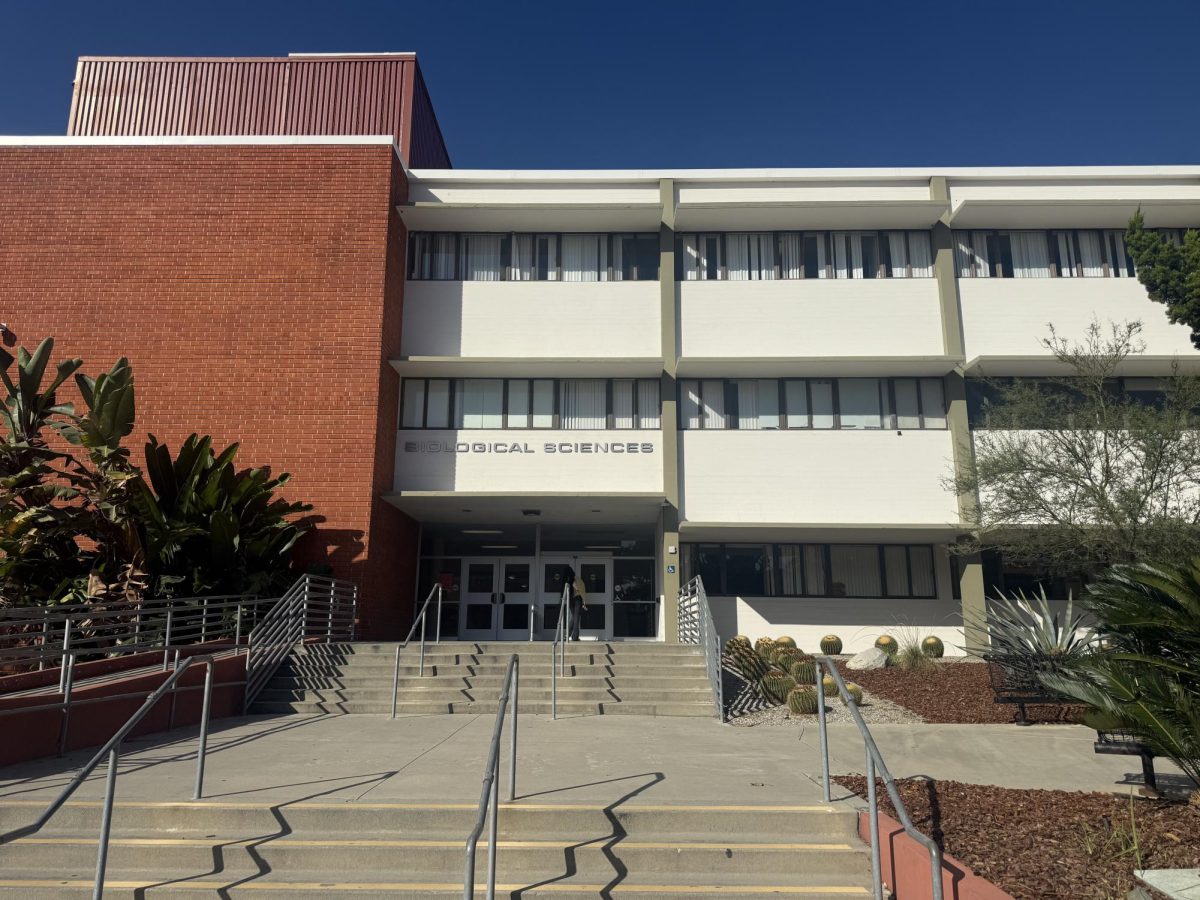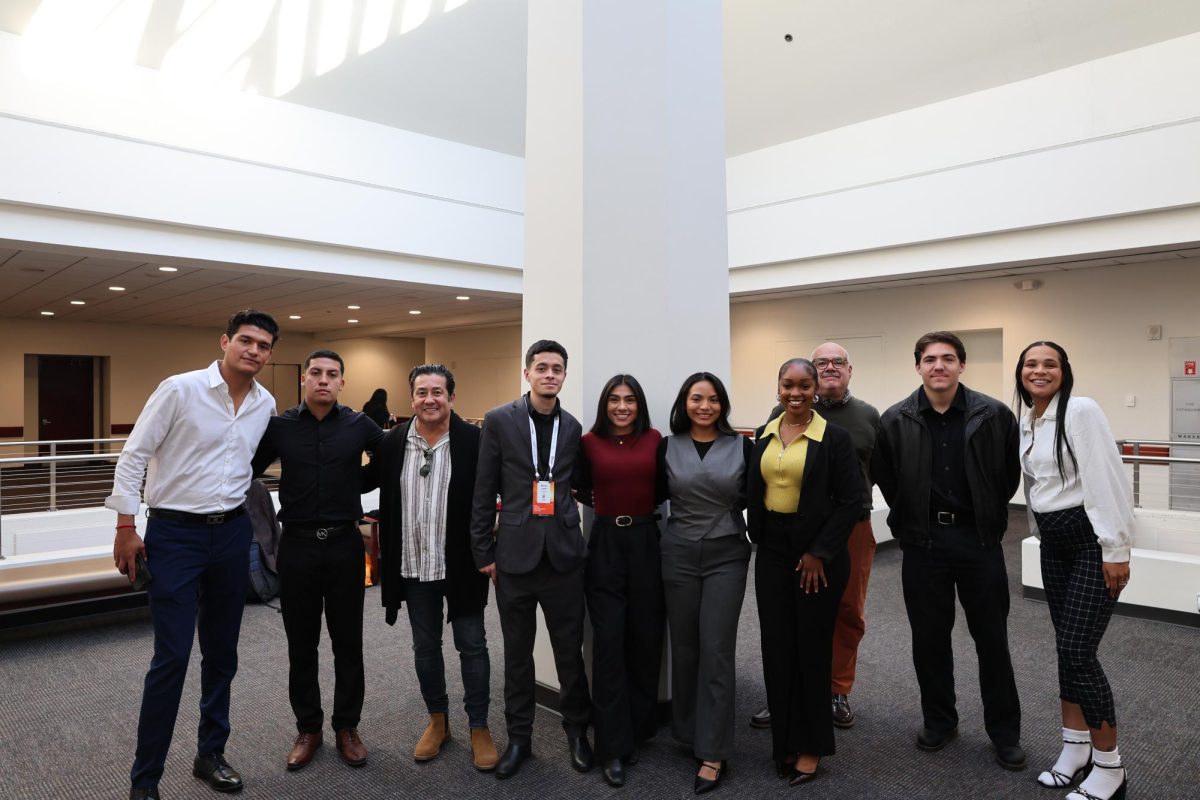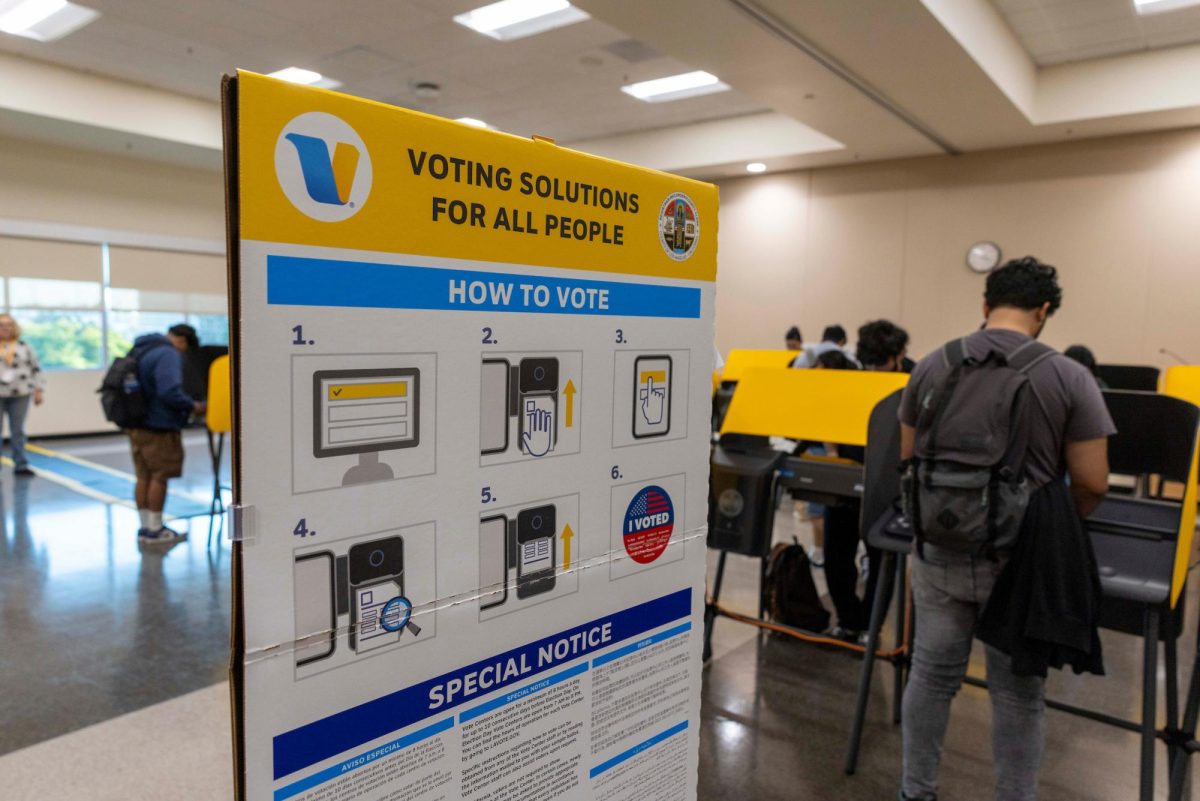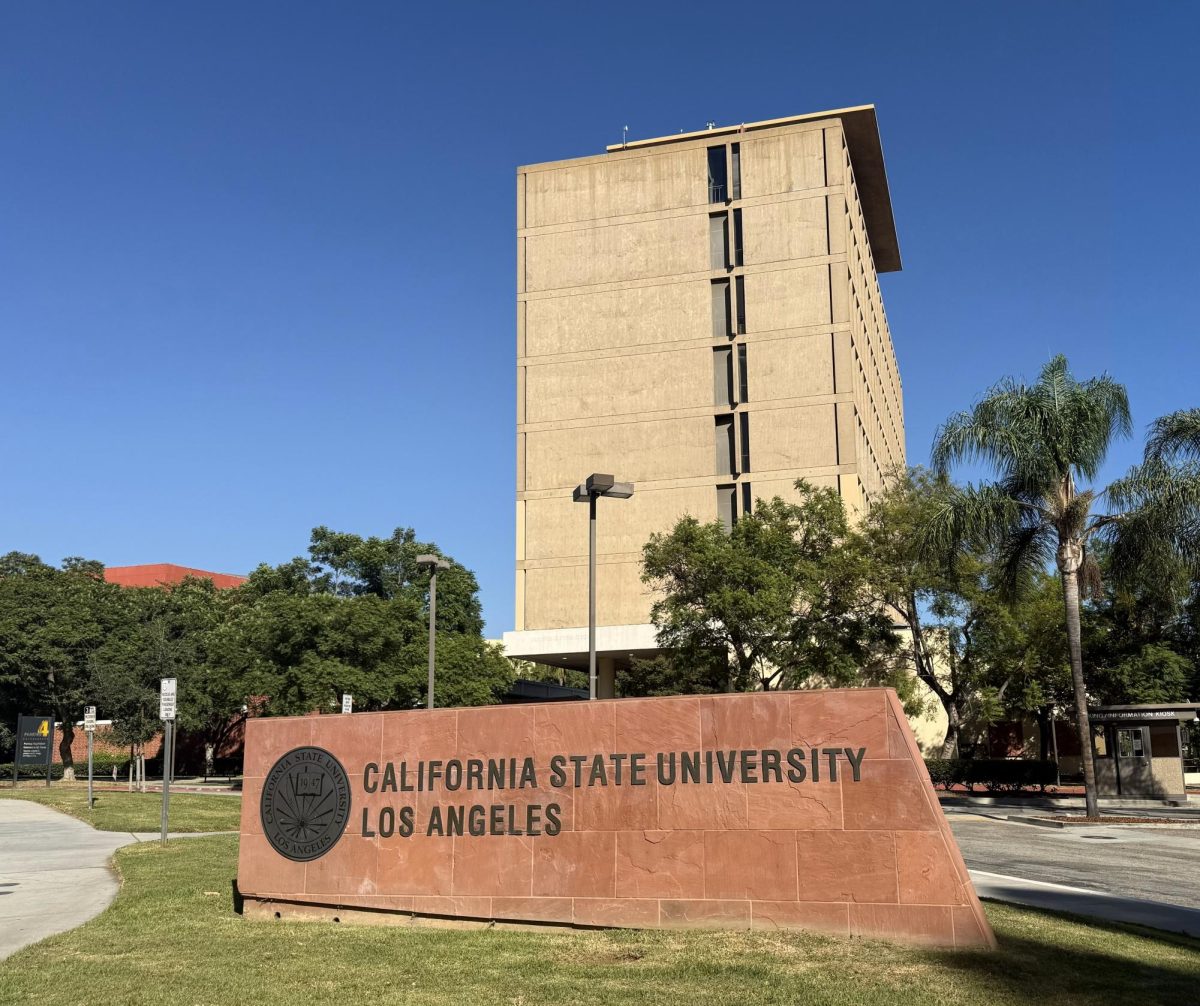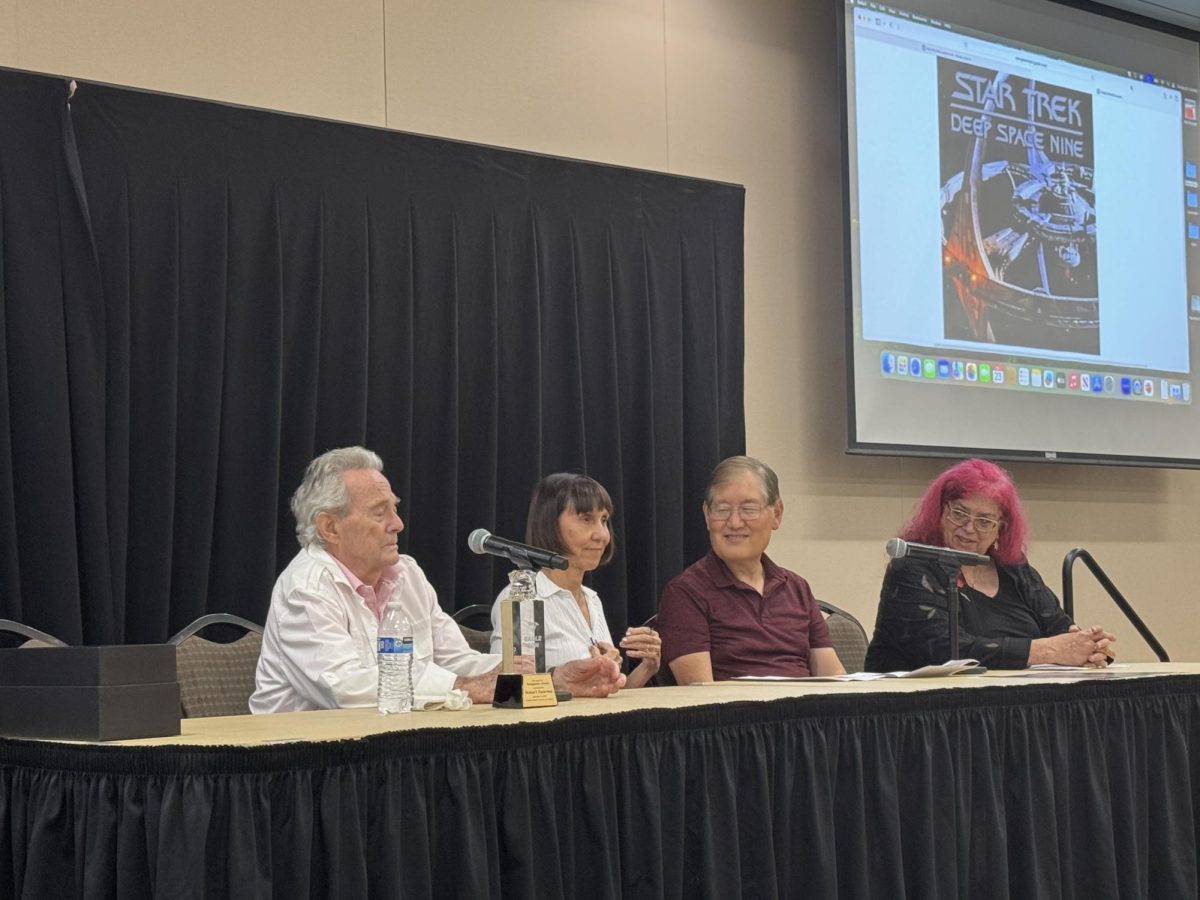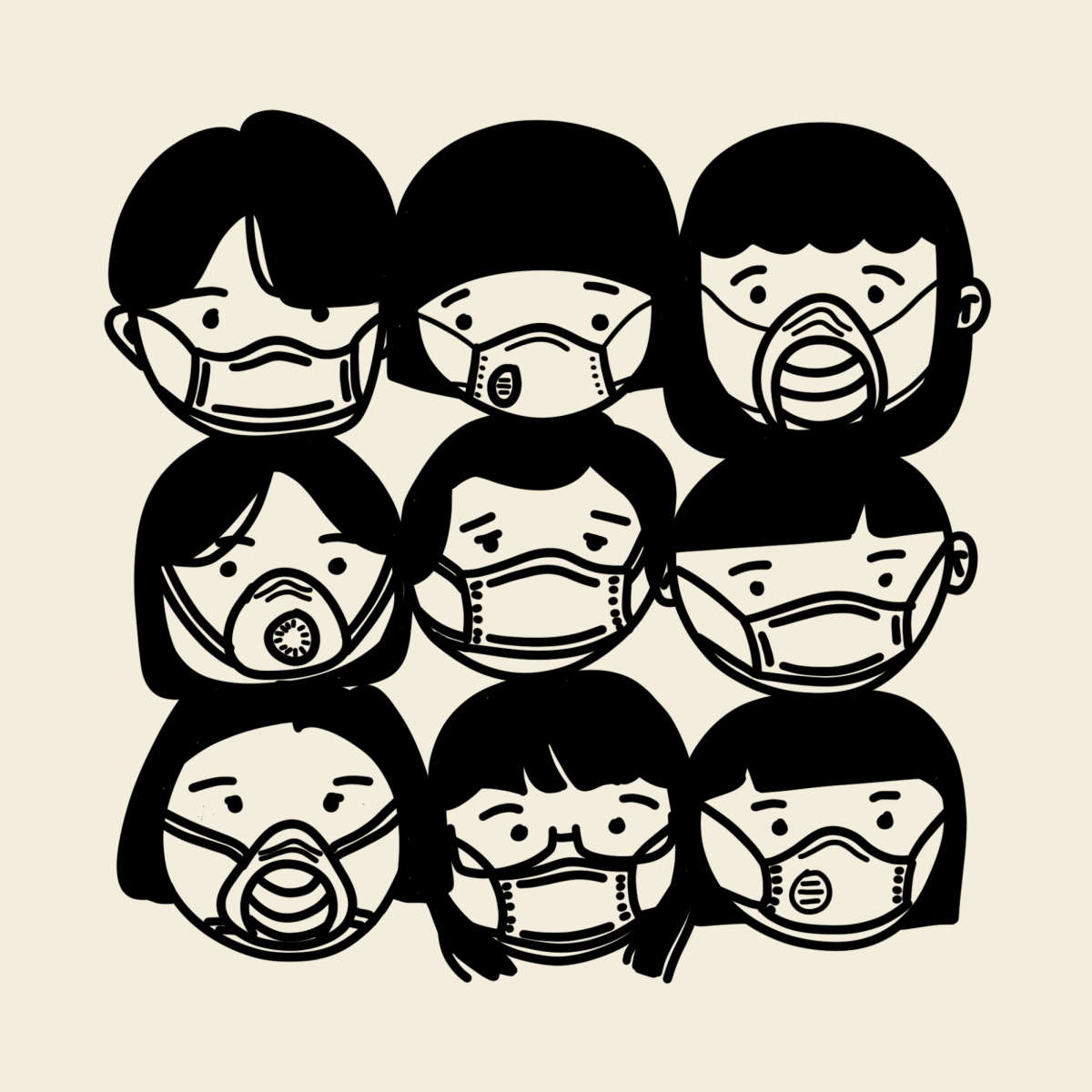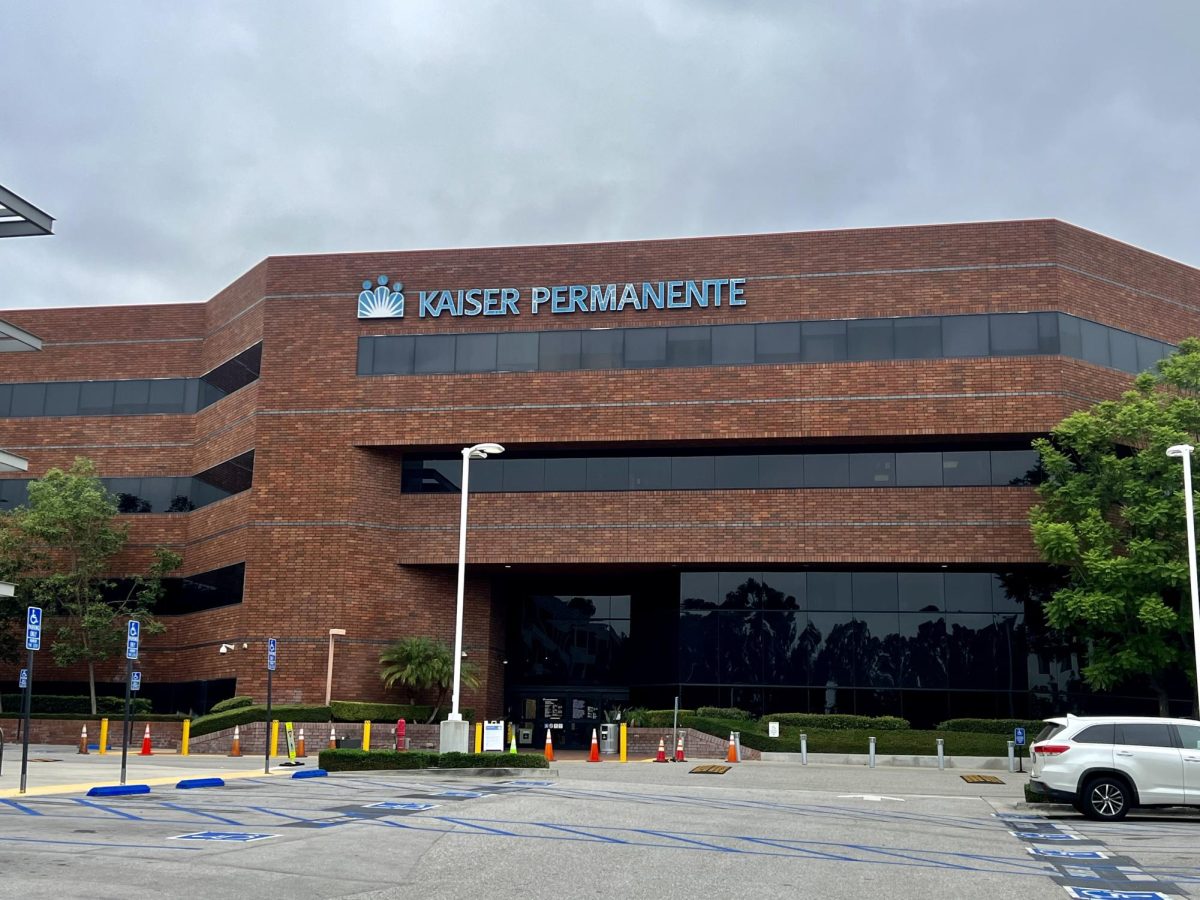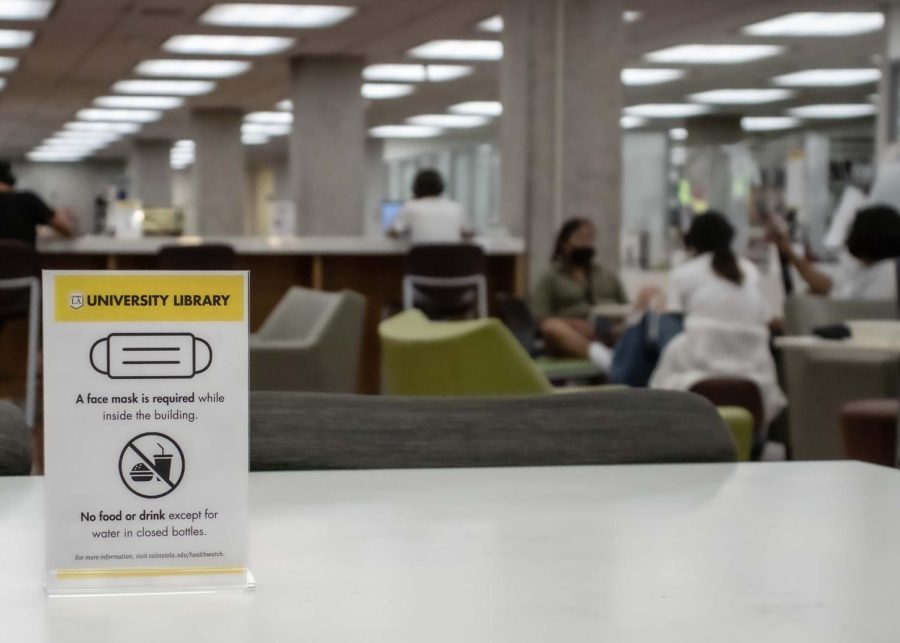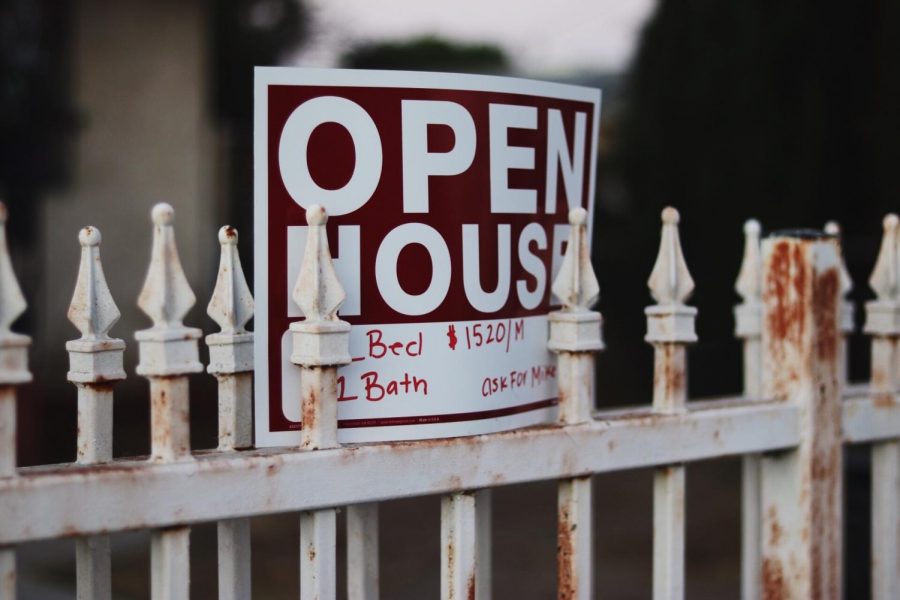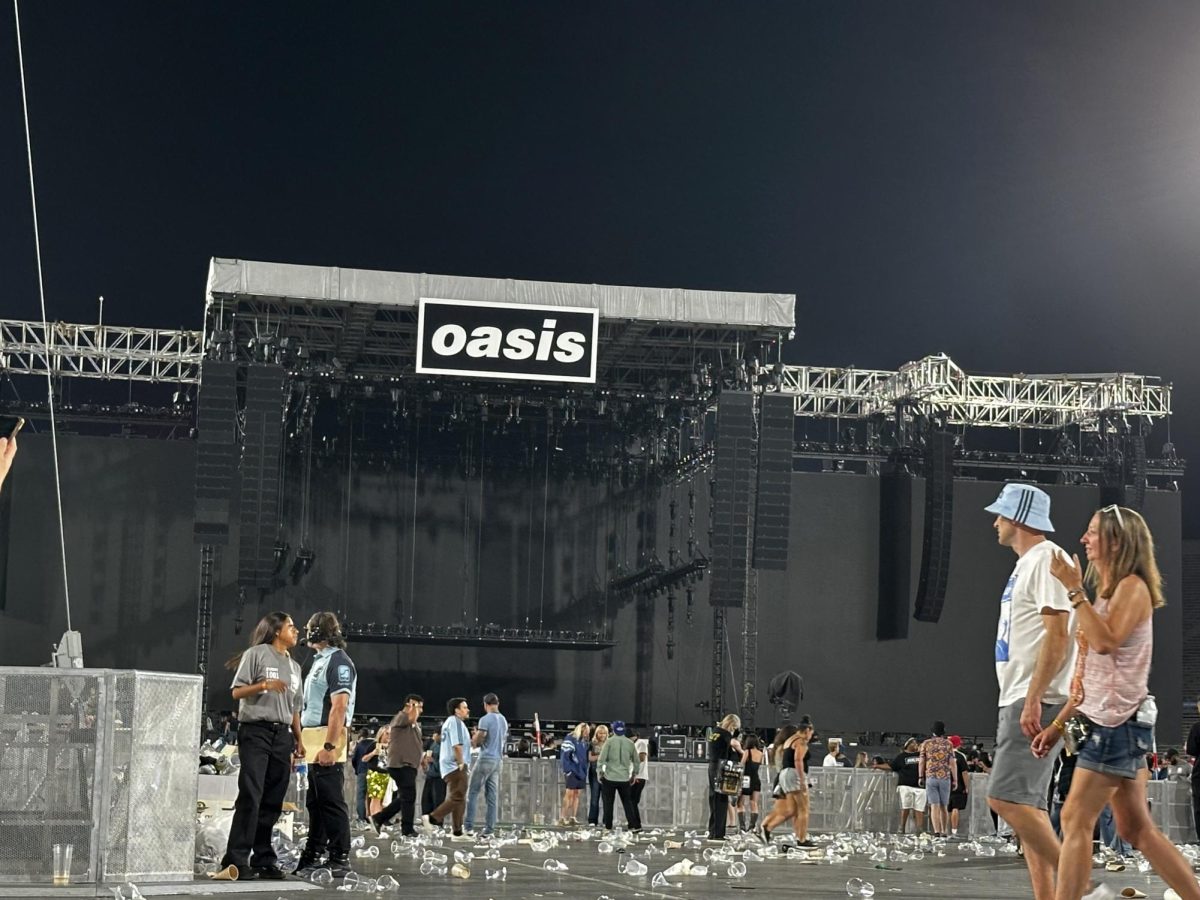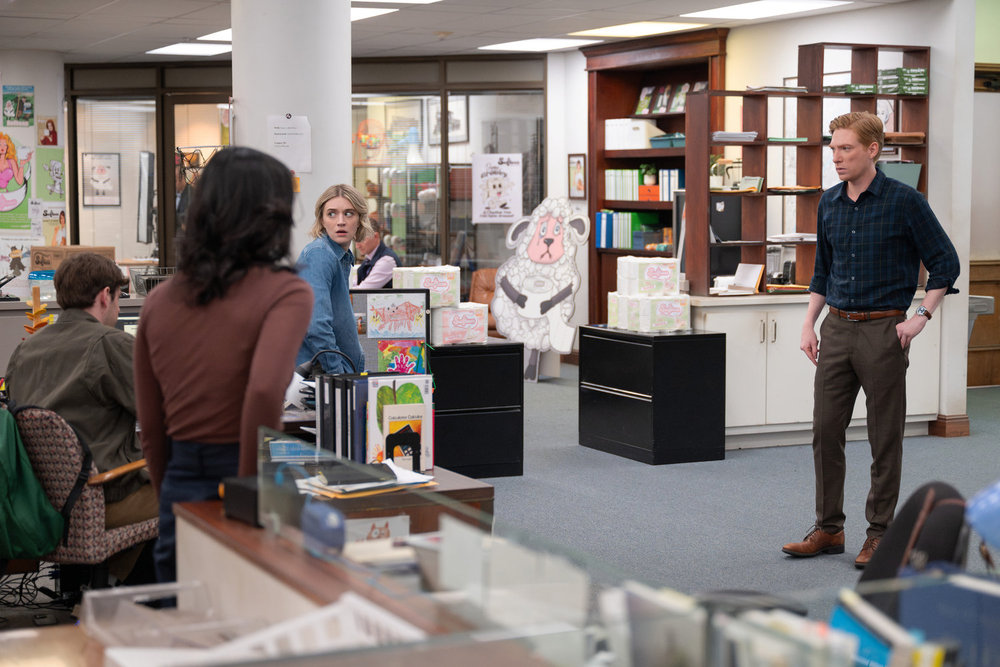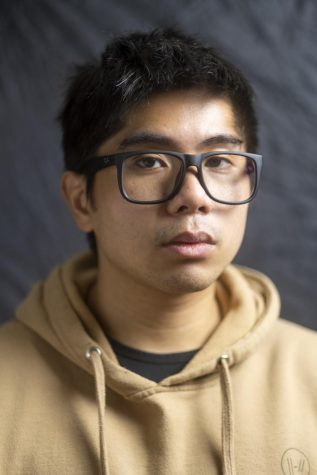Although COVID-19 safety measures were put in place for in-person classes last fall, students still have mixed feelings about returning to campus this week.
So what precautions is the university taking to keep students safe for the return to campus?
Face masks are still required when indoors, but they are also encouraged outdoors. The university recommends students wear surgical masks or an N95, KN95 or KF94 mask. Free masks are available at your local pharmacies and community health centers provided by the government.
Air ducts have been cleaned across campus, and the fresh air intakes have been fixed or replaced, according to the dean of natural and social sciences, Rene Vellanoweth. Air flows have been checked to ensure proper ventilation in each room, and fans run 24 hours a day to circulate the air in the buildings.
The university also has two fully operating COVID testing sites, one in the northwest corner of the Library North Tower and the other in the open plaza area between Salazar Hall and the old physical sciences building. The bookstore is also selling rapid tests to students who would like to purchase them.
But even with all these safety precautions, is it too soon to be returning to campus?
Professor Lizzette Arroyo, a lecturer in the economics department, mostly feels safe going back to campus but is concerned about one issue.
“I taught in-person classes in the fall semester, and things went great,” said Arroyo. “I know spring will mean even more people on campus, so that might feel a bit crowded. But again, given the vaccination requirements along with masks, I am confident that we will be safe.”
One concern Arroyo has is having a completely full class for the spring semester.
“I am upset that one of my classes has 40 students enrolled,” she said. “Once we go back to in-person instruction, I will have too many students in the classroom. Why didn’t the administration set a 50% capacity? That is my only problem.”
Tamie Vuong, a freshman in business administration accounting, doesn’t feel safe returning to campus.
“I feel confident that I am safer than those unvaccinated, but that does not mean there is not a possibility of a breakthrough case,” she said.
Vuong was happy that Cal State LA decided to go remote for the first three weeks. She did not feel safe going to campus because cases were rising at a quick rate, and she would prefer classes to stay online moving forward.
“At this moment, there is still a gray area of COVID cases where we are not sure whether the amount is decreasing or increasing,” said Vuong.
Ryan Lopez, a senior majoring in graphic design, has different feelings.
“I believe being at home makes it more difficult for me to focus and that being in class enables me to comprehend what is going on in class,” she said.
Lopez feels mostly safe returning to school, but it could be too soon.
“Closing the campus for the first three weeks was a good decision, and it has shown to be safe,” she said. “I also believe it’s too soon since cases are increasing… the thought of returning to school frightens me.”
More information about returning to campus can be found on the university’s website.
This story will be updated when we get more information on COVID safety.



